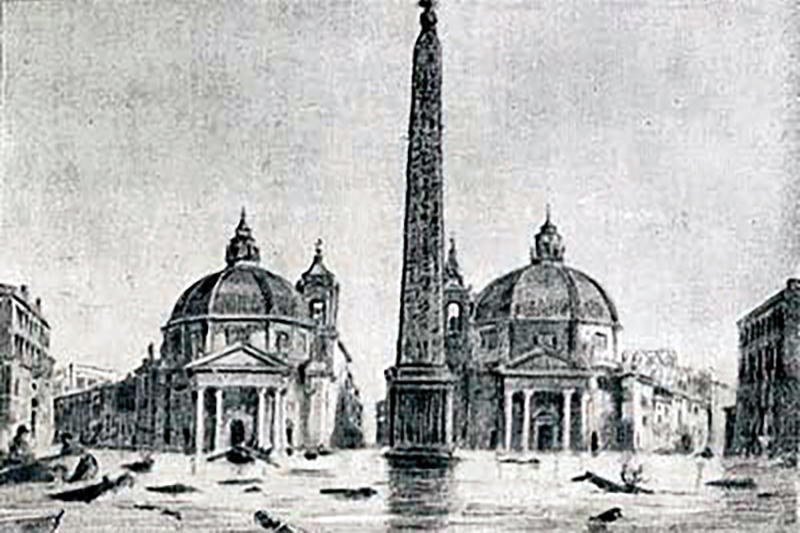United Italy: the first laws

Before the unification of Italy, relief was organized in different ways according to the State. During major emergencies, such as the earthquake of Val di Noto in 1693 and Calabria in 1783, central authorities appointed a commissioner with exceptional powers. On a legislative level, seismic regulations already existed in the Papal States, the Kingdom of the Two Sicilies, and the Duchy of Mantua, where Pirro Logorio designed the first earthquake-resistant house in the West. Walking through the ruins of Ferrara, hit by an earthquake in 1570, the architect was the first to address the housing safety issue.
Upon Italy's unification, the Statuto Albertino, adopted by the Kingdom of Sardinia in 1848, came into force. By their geological nature, Piedmont and Sardinia are not seismic regions. Consequently, all the regulations regarding earthquake-resistant buildings were abolished in all the states annexed to Piedmont. In the new unitary laws, the hydraulic engineering "tradition" developed in the northern territory to control the rivers remained.
Providing aid and relief to the damaged populations was not a State priority: interventions were mainly assigned to the military and considered charity work. Even during the flood in Rome in December 1870, first aid was provided by the army troops who had conquered the city with the Breach of Porta Pia two months earlier.
The post-unity legislative framework was fragmentary and poorly organized, only providing for interventions following particular contingencies and calamities or for specific subjects. All measures adopted to face emergencies immediately found their normative basis in the ordering powers granted to the administrative authority by Law No. 2359, dated June 25, 1865. Prefects and mayors were able to use private property in the event of an emergency.
In case of disaster, the army and the security forces were mobilized and were the first to reach the disaster site. The emergency management process was very rigid and only started when news of the disaster officially reached the Prime Minister, who also served as Minister of the Interior.
Despatch started from the dense network of prefectures on the territory and could arrive within hours, days, or weeks of the event. The emergencies were considered national only if they hit strategic roads or structures of public utility. After assessing the scenario, the military departments closest to the impacted area were activated. In a spontaneous and uncoordinated manner, volunteer rescuers, religious entities, and associations were also deployed to support the military's work.
In 1906, regulations were issued on volcanic eruptions, defending inhabitants and roads from landslides, floods, sea storms, and hurricanes.
Photo: Image from a vintage print of Piazza del Popolo in Rome after the flood of 1870